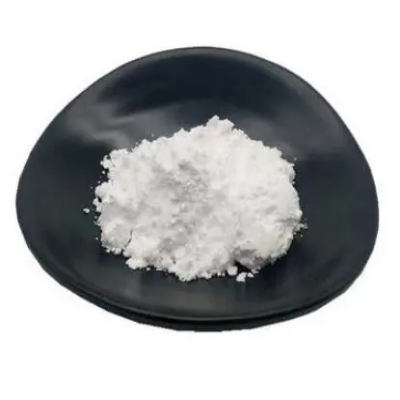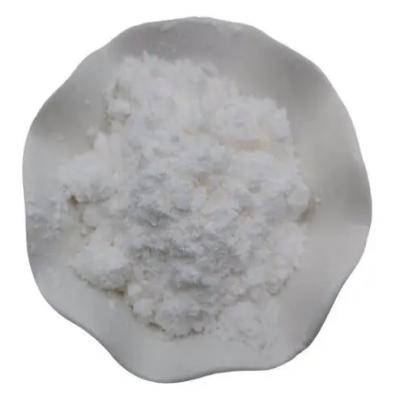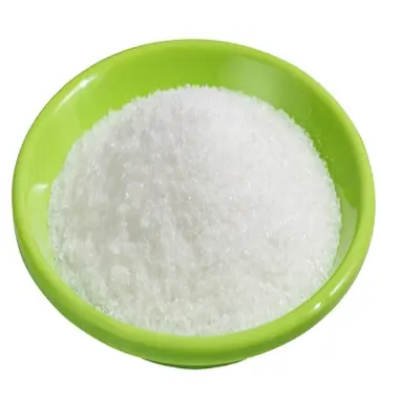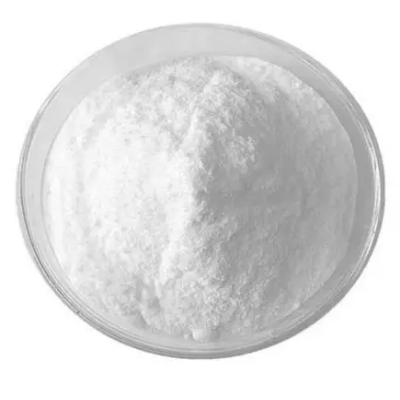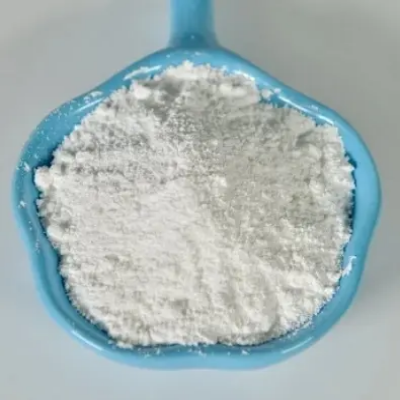4,7-Bis(4,4,5,5-tetramethyl-1,3,2-dioxaborolan-2-yl)-2,1,3-benzothiadiazole CAS:934365-16-9
4,7-Bis(4,4,5,5-tetramethyl-1,3,2-dioxaborolan-2-yl)-2,1,3-benzothiadiazole has several promising applications, primarily in organic electronics and optoelectronics. One of its key uses is in organic photovoltaic (OPV) cells, where it acts as an electron acceptor. The compound’s structural design allows for efficient charge separation and transport, thereby enhancing the power conversion efficiency of solar cells. Additionally, this compound plays a significant role in organic light-emitting diodes (OLEDs). Its strong photoluminescent properties make it suitable for use in the emission layer of OLED devices, contributing to high brightness and color tunability. As flexible displays gain popularity, materials like this one are increasingly important due to their compatibility with various processing techniques. In the domain of organic field-effect transistors (OFETs), 4,7-Bis(4,4,5,5-tetramethyl-1,3,2-dioxaborolan-2-yl)-2,1,3-benzothiadiazole can improve charge carrier mobility, which is essential for device performance. Moreover, ongoing research is exploring its potential in sensing applications, such as chemical sensors or biosensors, taking advantage of the reversible binding characteristics of the boronate groups. With its versatile applications and favorable properties, this compound represents a vital material for advancing technologies in organic electronics and related fields.



| Composition | C18H26B2N2O4S |
| Assay | 99% |
| Appearance | white powder |
| CAS No. | 934365-16-9 |
| Packing | Small and bulk |
| Shelf Life | 2 years |
| Storage | Store in cool and dry area |
| Certification | ISO. |




